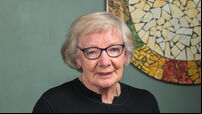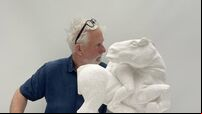Exiled forever to the other capital - Cork greats buried in Glasnevin

Glasnevin was established in 1832 as non-denominational by Daniel O’Connell and today is the final resting place for 1.5 million people.

The book is a personal one to me, independent of my role as a tour guide in Glasnevin. It all began as a ion project to keep myself busy during Covid-19 lockdowns. While deciding on who to include in the book, some stories stood out to me with links to Cork.

A.M. Sullivan (1830–84) was born on May 15, 1830, at Bantry, Co Cork, to a house painter Daniel Sullivan and Catherine Baylor.










 App?
App?


